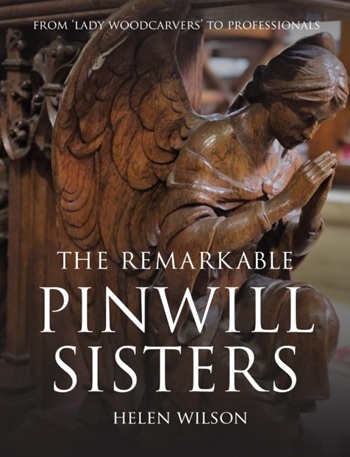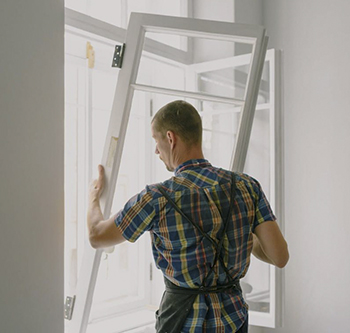Building related illness
People in industrialised countries spend over 90% of their lives in indoor environments; therefore symptoms and illness related to these environments are common. The term building-related illness (BRI) is used to refer to disorders associated with, and directly caused by, being in and around a building.
BRIs differ from sick building syndrome (SBS) because the causes can be determined, whereas SBS is used as a term to refer to symptoms of acute health and/or comfort effects for which no specific cause can be found but that can be attributed to time spent in a particular building.
BRIs and stresses are caused by a number of factors such as:
- Biological factors.
- Physical factors.
- Chemical factors.
- Organisational and management factors.
- Psychological and psychosomatic factors.
The most common indicators of BRIs include:
- Occupants of a building experience symptoms such as coughing, chest tightness, fever, chills, muscle aches.
- The symptoms can be clinically defined and have clearly identifiable causes.
- After leaving the building, complainants may require prolonged recovery times.
Examples of BRIs include the following:
- Legionella infection.
- Occupational asthma.
- Hypersensitivity pneumonitis.
- Inhalational fever.
- Humidifier fever.
[edit] Related articles on Designing Buildings Wiki
- Building design.
- Building pathology.
- Design quality.
- Designing for employee wellbeing.
- Ergonomics in construction.
- Growing focus on IAQ challenges for specifiers and HVAC manufacturers.
- Health and safety consultant.
- Health effects of indoor air quality on children and young people.
- Human comfort in buildings.
- Humidistat.
- Humidity.
- Indoor air quality.
- Indoor environmental quality.
- Noise nuisance.
- Phobias.
- Sick building syndrome.
- TG10 2016 At a glance, wellbeing.
- Thermal comfort.
- Thermal comfort and wellbeing.
- The full cost of poor housing.
- Ventilation.
- Wellbeing.
[edit] External references
Featured articles and news
Licensing construction in the UK
As the latest report and proposal to licence builders reaches Parliament.
Building Safety Alliance golden thread guidance
Extensive excel checklist of information with guidance document freely accessible.
Fair Payment Code and other payment initiatives
For fair and late payments, need to work together to add value.
Pre-planning delivery programmes and delay penalties
Proposed for housebuilders in government reform: Speeding Up Build Out.
High street health: converting a building for healthcare uses
The benefits of health centres acting as new anchor sites in the high street.
The Remarkable Pinwill Sisters: from ‘lady woodcarvers’ to professionals. Book review.
Skills gap and investment returns on apprenticeships
ECA welcomes new reports from JTL Training and The Electrotechnical Skills Partnership.
Committee report criticises UK retrofit schemes
CIOB responds to UK’s Energy Security and Net Zero Committee report.
Design and construction industry podcasts
Professional development, practice, the pandemic, platforms and podcasts. Have we missed anything?
C20 Society; Buildings at Risk List 2025
10 more buildings published with updates on the past decade of buildings featured.
Boiler Upgrade Scheme and certifications consultation
Summary of government consultation, closing 11 June 2025.
Deputy editor of AT, Tim Fraser, discusses the newly formed society with its current chair, Chris Halligan MCIAT.
Barratt Lo-E passivhaus standard homes planned enmasse
With an initial 728 Lo-E homes across two sites and many more planned for the future.
Government urged to uphold Warm Homes commitment
ECA and industry bodies write to Government concerning its 13.2 billion Warm Homes manifesto commitment.
From project managers to rising stars, sustainability pioneers and more.
Places of Worship in Britain and Ireland, 1929-1990. Book review.
The emancipation of women in art.
























Comments
Very interesting that you do not list the serious toxic molds and mycotoxins which the WHO describes as the epidemic of 21st century with ramifications worse than asbestos!
The diseases caused by moldy buildings can be tested for but only by specialists because your basic GP or local doctor will put you through series of USELESS tests that will give false negatives as results for urine/blood. But if correct testing is done then the species of mold can be detected, treatments started and remediation of the building/dwelling can begin. Lots of sources starting in late 1990s describe these symptoms and diseases and how LETHAL they are!
And still you design 'airtight' buildings with poor ventilation, ignore WHO, CDC, Aspergillus Centre (manchester, uk) and lawsuits and proof worldwide including USA, Canada, UK, Australia, Italy, Ireland, etc etc.
Shame on you for such an incomplete article but at least you do say it is different than 'sick building syndrome'!